RFID Checkout,Redefining the Way We Pay
145Discover how RFID checkout technology transforms the retail experience. Learn how it works, what challenges it faces, and how stores are using it to cut lines, reduce errors, and boost efficiency.
MoreAll RFID Product
RFID (Radio Frequency Identification) technology has become a crucial tool in enabling intelligent management across many industries, thanks to its contactless automatic identification capability. A typical RFID system consists of RFID tags, readers, and a data processing system. The tag stores specific electronic data that can be automatically read and transmitted when it comes close to a reader—no manual intervention required.
In access control, RFID makes managing entries and exits more efficient. Employees can simply carry a work badge with an embedded RFID tag to quickly enter or leave office areas. In logistics, RFID tags allow full-process tracking of goods, providing real-time updates on location and status. Smart home devices use RFID to enable automatic interaction and control between devices. In short, RFID is now deeply integrated into our work and lives, significantly improving management efficiency and user experience.

Given the widespread application of RFID, a natural question arises: Can a smartphone act as RFID tag?
To answer this, we first need to understand the relationship between RFID and NFC (Near Field Communication). NFC is actually a subset of RFID. It operates on the 13.56 MHz frequency and typically functions within a range of a few centimeters. Compared to traditional RFID, NFC emphasizes two-way, point-to-point rapid data exchange and has lower power consumption.
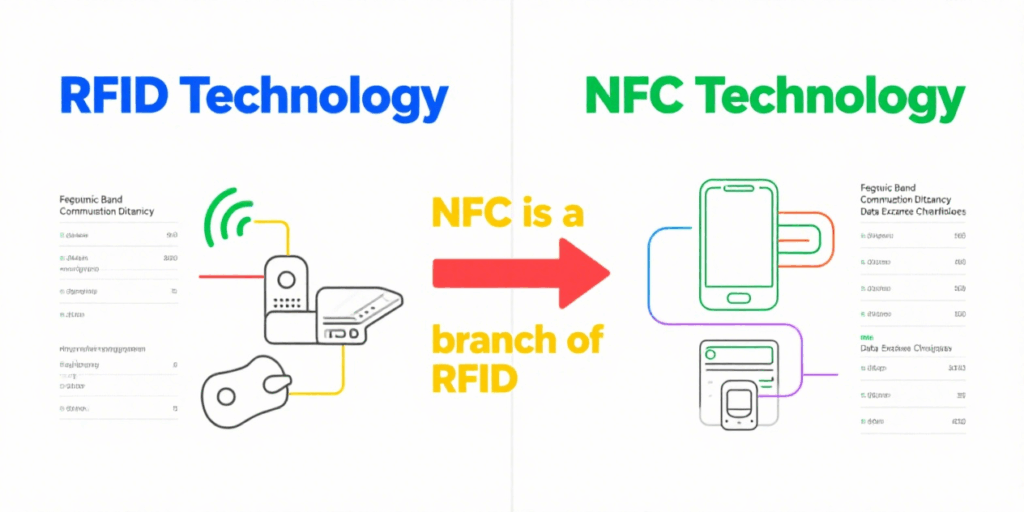
From a technical standpoint, smartphones can act as RFID tags—but with limitations. Strictly speaking, they can only simulate NFC tags operating at the 13.56 MHz frequency. This is because some smartphones are equipped with built-in NFC chips that enable data interaction with external NFC readers. In specific scenarios, they can simulate NFC tags and perform data transmission.
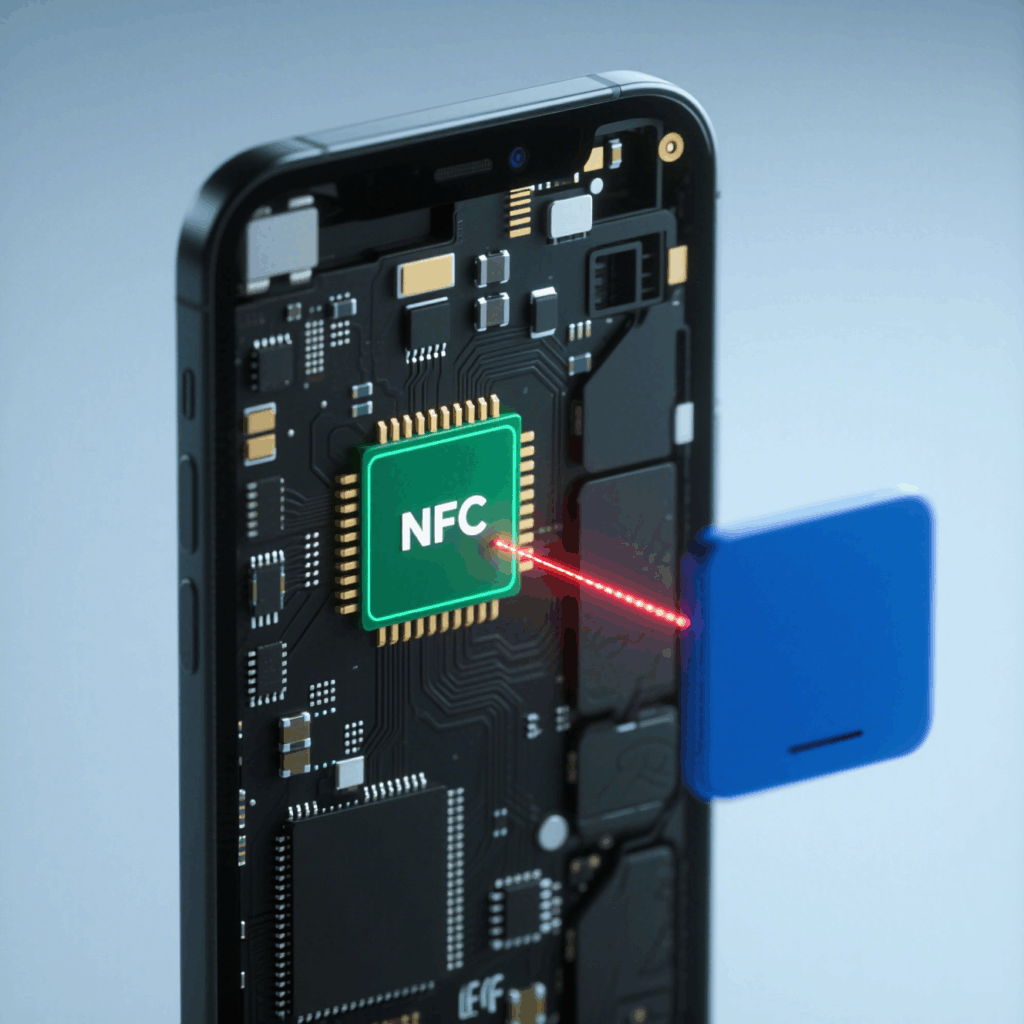
On Android devices, users enjoy greater flexibility in using their phones as NFC tags. For example, on Android phones, users can enable NFC functionality and use apps like NFC Tools to configure their phones to simulate different NFC tag data. Whether it’s storing business card info or emulating access control credentials, it’s easy to set up. Once configured, placing the phone near a compatible NFC access reader will complete identity verification—just like a physical NFC tag.
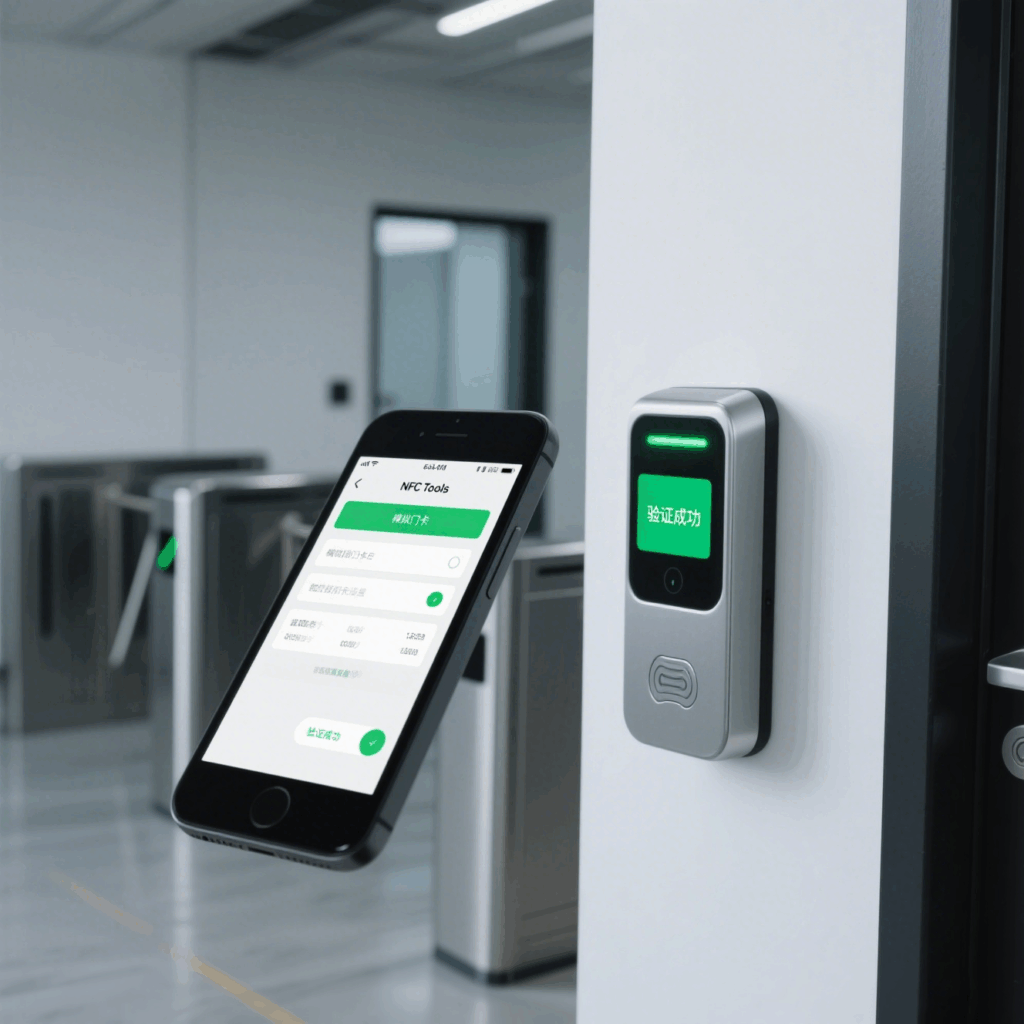
However, iPhones face more restrictions when simulating RFID tags. Although iPhones are equipped with NFC chips, Apple enforces strict permissions on NFC functionality. In iOS, ordinary users cannot directly configure their phones to simulate NFC tags. NFC functions are limited to official Apple-authorized uses, such as Apple Pay and certain public transit systems. Although Apple has gradually opened up some NFC features, allowing certain third-party apps to read NFC data, full tag simulation is still not possible.
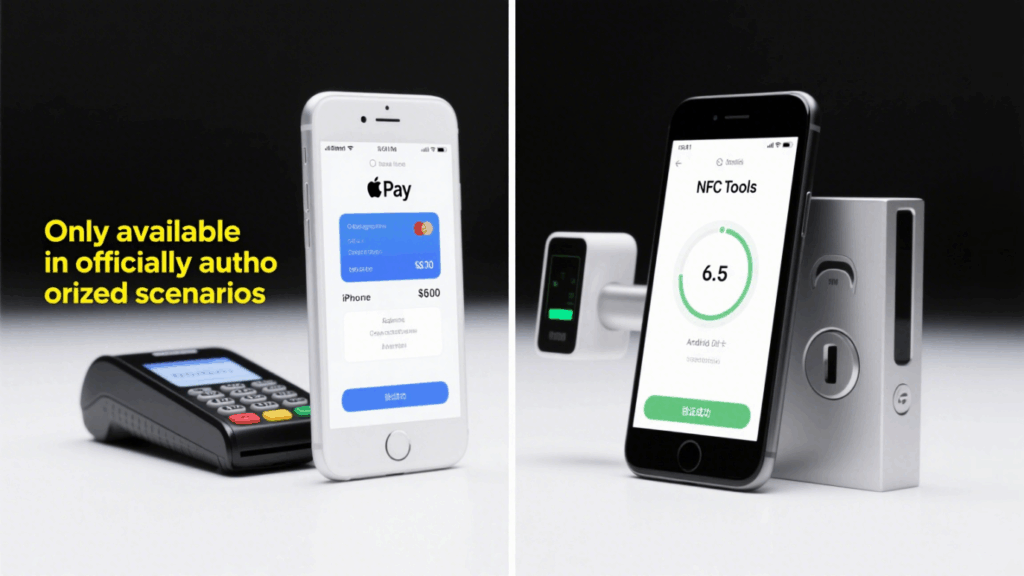
For phones without NFC capability or for those wanting broader RFID applications, there are some alternatives. For example, connecting an external RFID device to a phone via Bluetooth can turn the phone into a control terminal to indirectly enable RFID-like functionality. Another option is using QR code-based solutions. While different in principle, they can also fulfill needs like quick identification and data exchange in areas such as digital ticketing or identity verification.
Smartphones acting as RFID tags are already being applied in various fields. In public transit and digital ticketing, many cities allow passengers to use phone-based NFC to board subways and buses. By binding a transit card to the phone’s wallet app, users can simply tap their phone near a turnstile reader—no physical card needed, making travel more convenient.
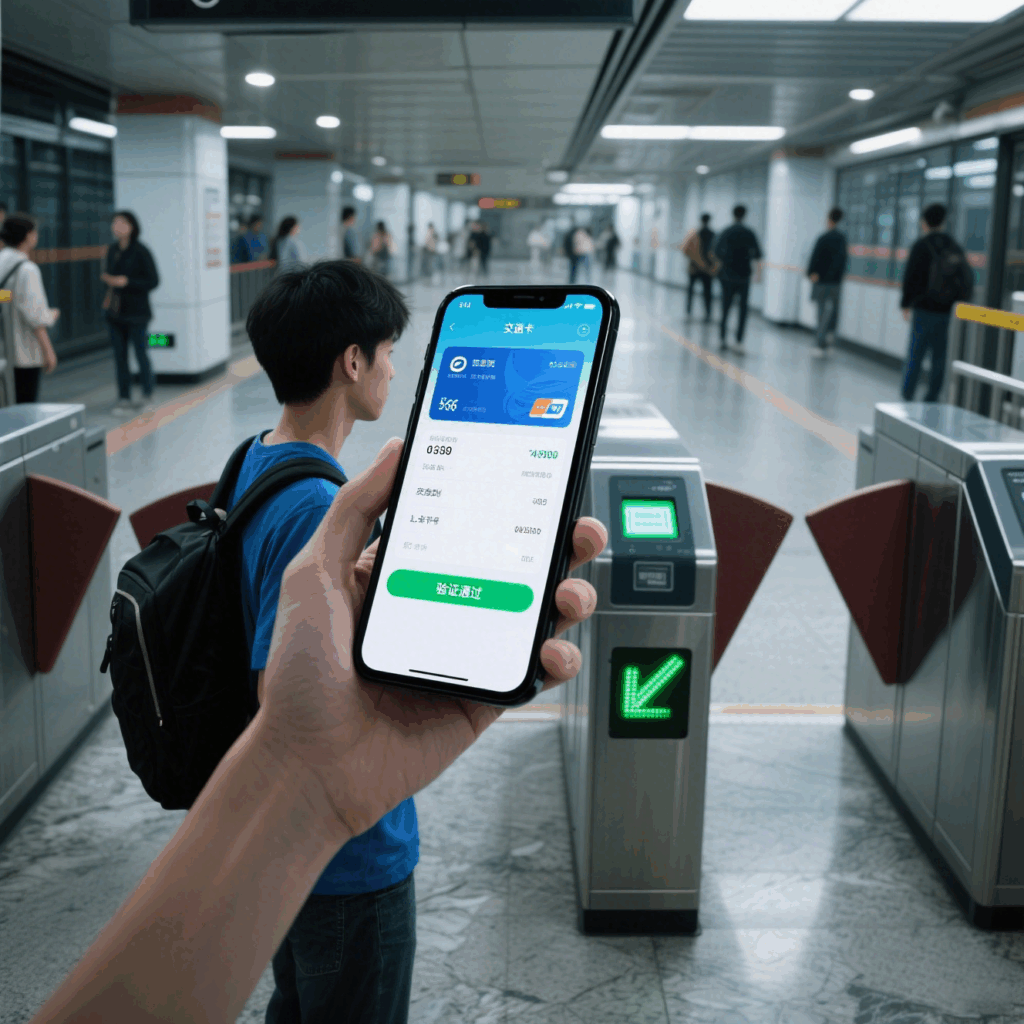
The hotel industry is also embracing this tech. Take Hilton’s Digital Key for instance: after checking in via the hotel’s official app, the guest’s phone becomes the room key. Upon arrival, there’s no need to visit the front desk—just hold the phone near the room’s NFC reader to unlock the door, enhancing both guest experience and hotel service efficiency.
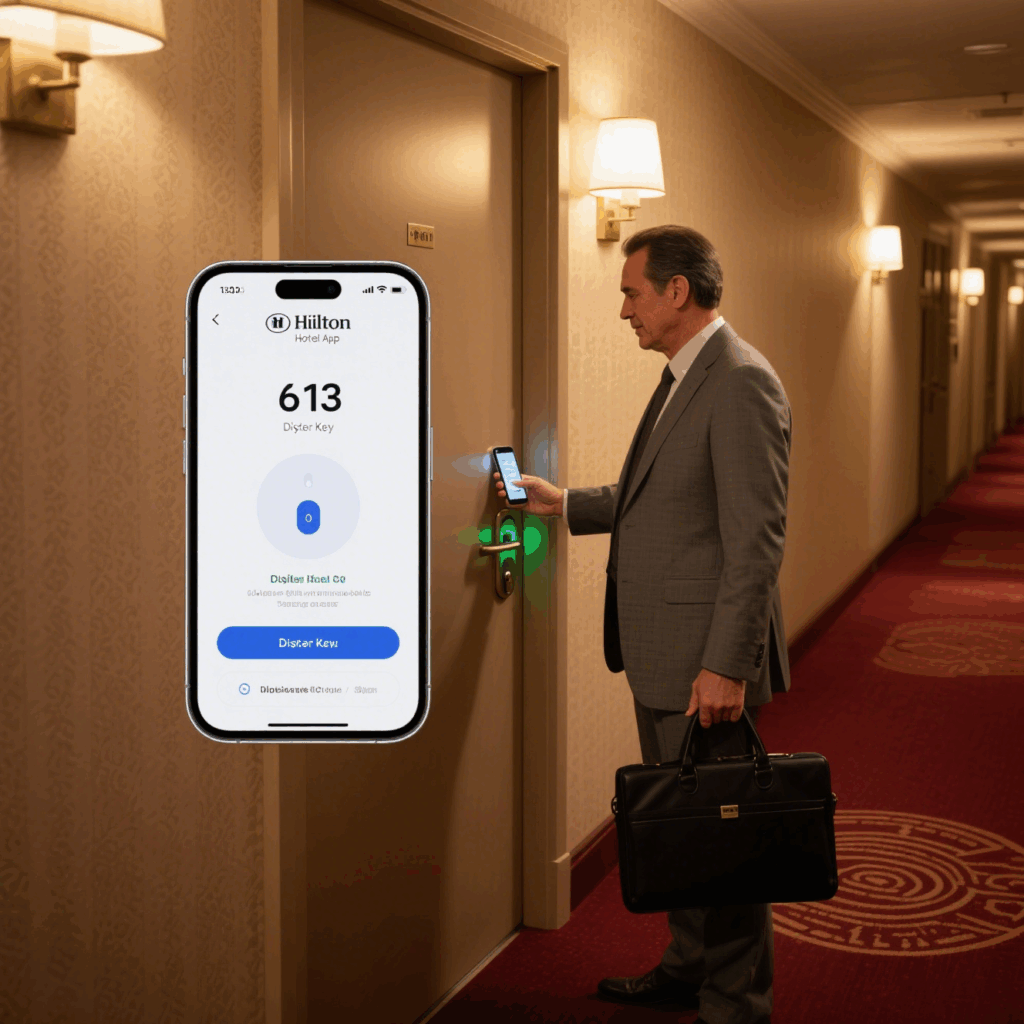
In offices, some companies are using Android-based smartphone access systems. Employees can simulate their access badges on their phones and tap them at the door reader to enter, improving access efficiency and reducing the risks associated with lost or cloned physical access cards.
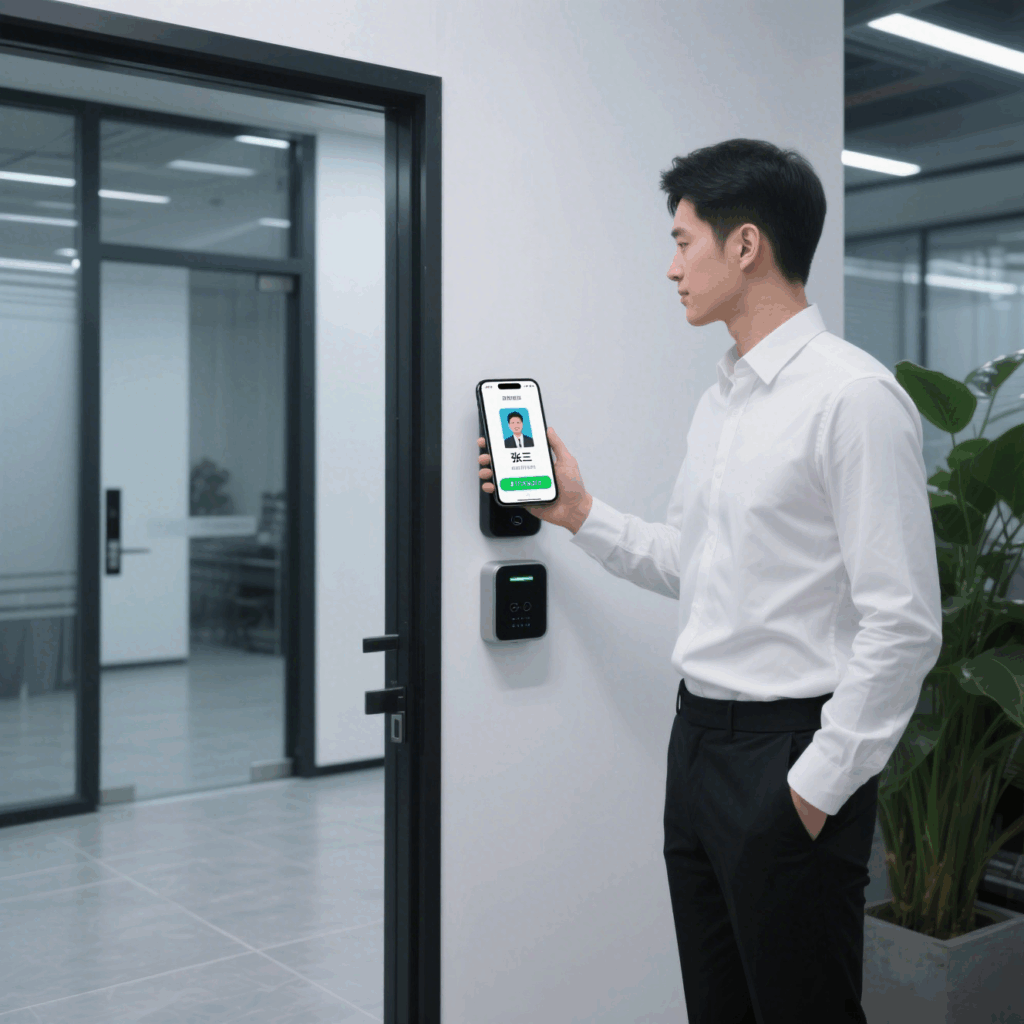
NFC-based marketing campaigns are also on the rise. Brands embed NFC zones into posters or displays, allowing consumers to tap their phones to automatically open a website, product page, or receive digital coupons—blending online and offline interactions in a novel way. This not only enhances user engagement but also boosts campaign effectiveness.
In summary, smartphones can act as RFID tags, but only within NFC-compatible environments. Android offers more flexible customization and simulation of various NFC tag types, while iPhones are more restricted due to system limitations. As technology evolves, we may see more breakthroughs—enabling smartphones to play an even larger role in RFID applications, bringing more convenience and innovation to both work and everyday life.
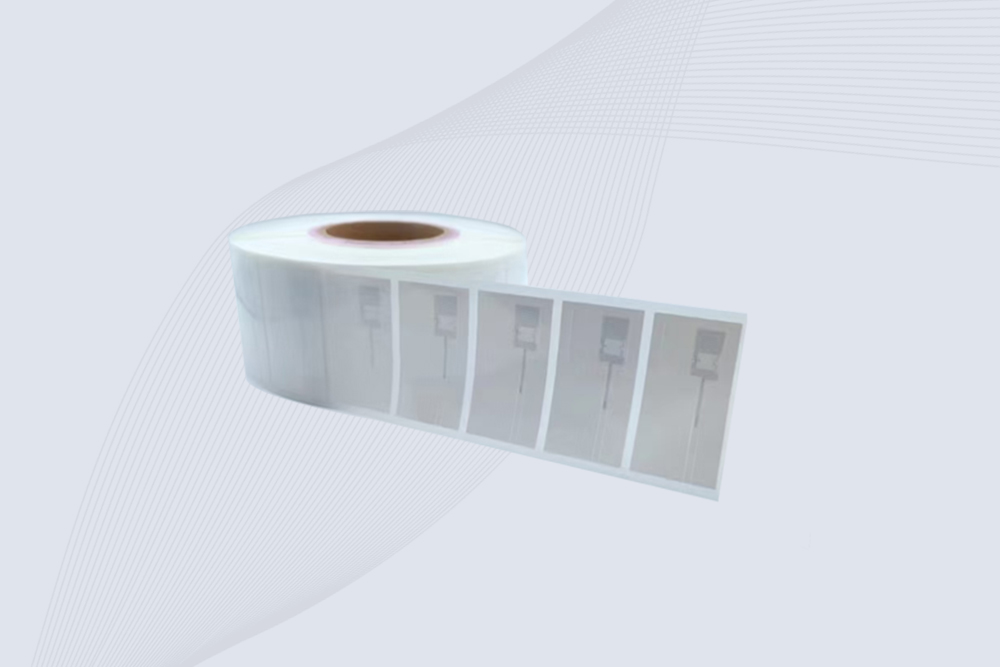
Cykeo CK-BQ6826 Jewelry uhf rfid tag features NXP UCODE 9, 8m read range on metal, and anti-counterfeit security for luxury assets.

Cykeo CK-BQ8554HF HF rfid cards feature FM1108 chip, 100K write cycles, and customizable printing for access control systems.

Cykeo CK-BQ8554UHF uhf rfid card features U9 chip, 100K write cycles, and CR80 size for access control/inventory management.
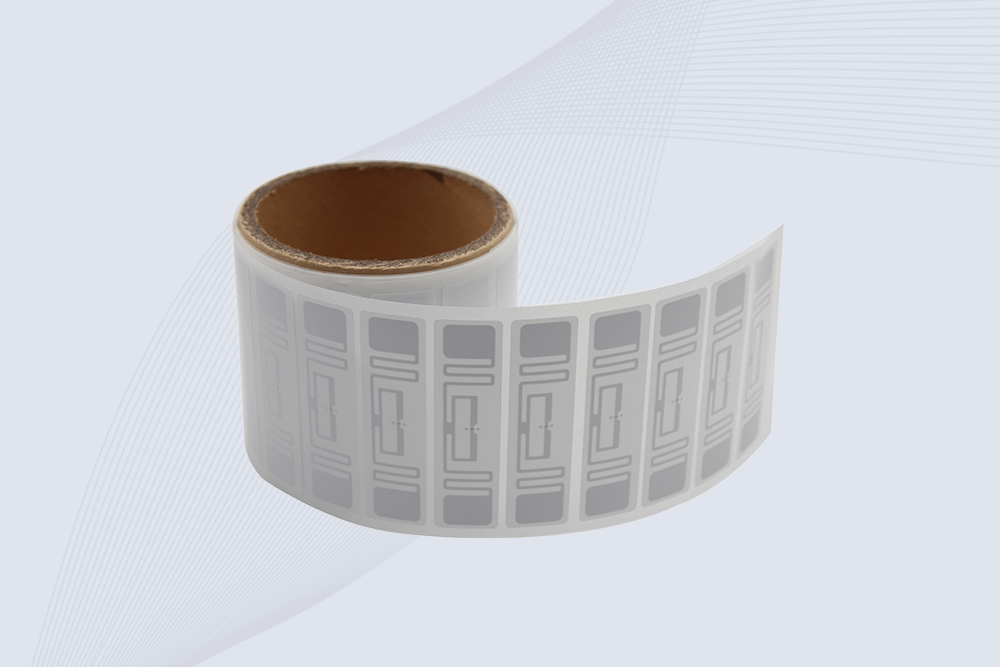
Cykeo CK-BQ7320 UHF RFID asset tag features aluminum-etched antenna, 10-year data retention, and -40°C to +85°C operation for industrial tracking. ISO/IEC 18000-6C compliant with 128-bit EPC memory.
Discover how RFID checkout technology transforms the retail experience. Learn how it works, what challenges it faces, and how stores are using it to cut lines, reduce errors, and boost efficiency.
MoreTired of missing stock and slow counts? Discover how RFID inventory tags can speed up your inventory process, improve accuracy, and give you real-time visibility—without the headaches of manual tracking.
MoreDiscover the average battery life of handheld UHF RFID readers. Learn how to extend runtime, compare top models like Zebra RFD8500, and optimize scanning for warehouses.
Moreexplore the working principle, core advantages, and application scenarios of RFID in libraries.
More